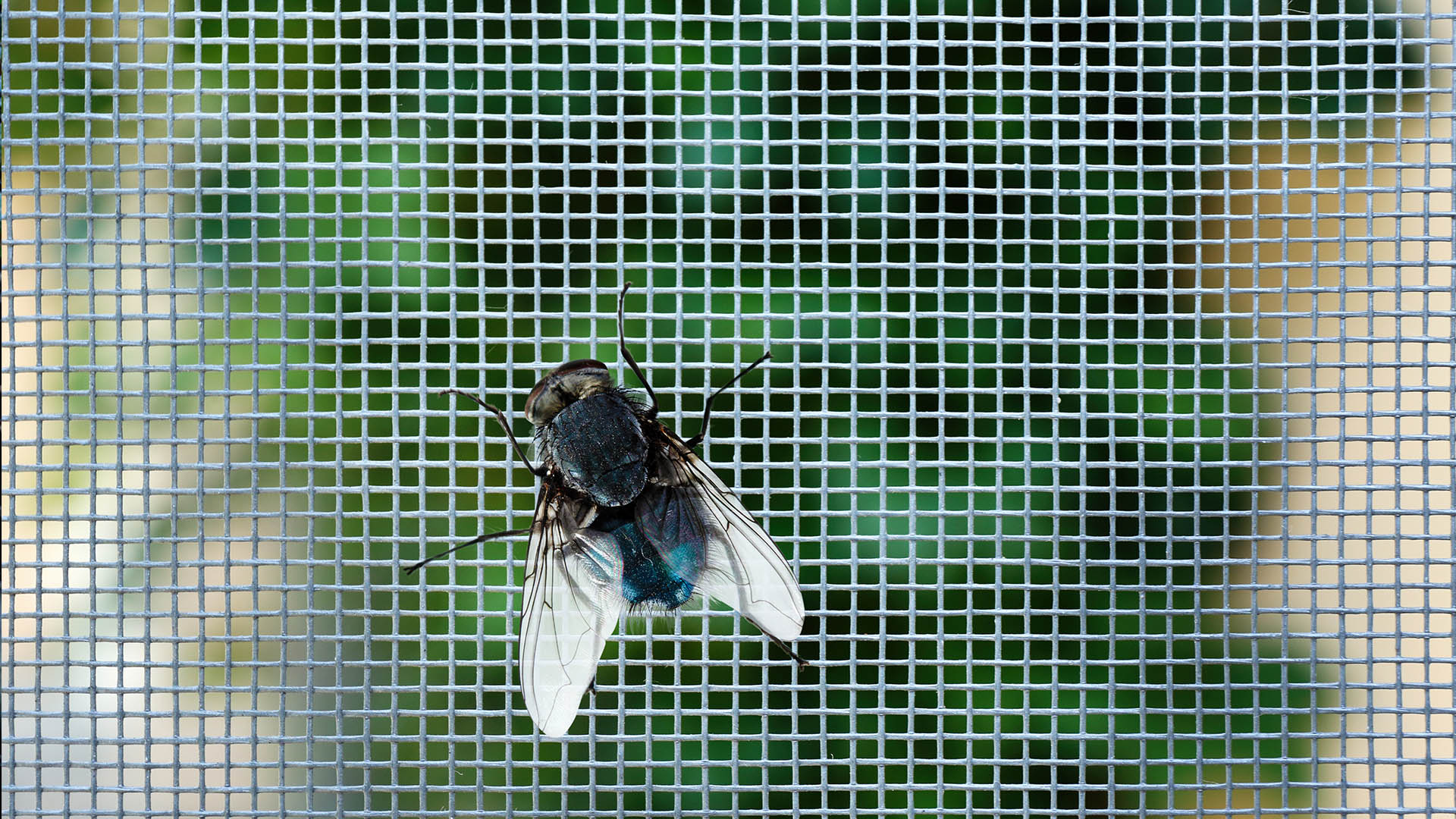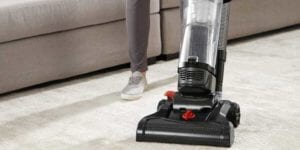5 DIY Pest Prevention Tips – How to Keep Them Out and Minimize Risk
Moving out of the big city and into the suburbs or the rural countryside is always exciting, but it can also mean becoming neighbor to a new range of household pests. The great outdoors may look idealistic from afar, but no matter where your home is located, chances are you’re not alone.
Rodents, insects, birds, and other pests are often looking to share your home with you, and, if you’re not careful about home maintenance, you might make your home even more inviting to them. Don’t let pest control be a new burden of your new living space; try out these do-it-yourself (DIY) pest prevention tips to minimize your chances of having to call pest control.
Pest Control Vs. Pest Prevention
Before we get into our favorite tips, we think it’s important that we distinguish the difference between pest control and pest prevention. Should you already have pests inside of the home or in certain areas of the home, you may want to call a licensed professional first. While we’re confident that these tips can help keep pests out, they probably won’t be able to tackle the pests that are already in your home.
This is also especially important when you’ve first purchased or leased a house. We always recommend hiring a trusted source to run an exhaustive inspection to make sure that the problem is either non-existent or manageable. There’s nothing worse than setting your heart on a home only to find that it may take hundreds or even thousands of dollars in professional pest control to make it livable. Provided you’ve cleared your home of any existing problems, though, and are ready to tackle the pest problems to come, let’s talk about pest prevention.
Tip 1 – Caulking Spaces
When it comes to older homes, the smallest of cracks and crevices are often the biggest problem areas. Loosened tiles can expose your home to the outside world, while old, worn window sills can cause a world of trouble for you in the future.
This can become a major issue with homes that run wall-mounted or window-mounted air conditioners, as these handy units can make it a challenge to keep pests out.
Our suggestion? Get a tube of caulk and seal some of the common problem areas in the home. If you have a few pests entering in already, try running a thorough inspection of where they may be coming into the home and ensure that everything gets sealed up nicely.
Pay special attention to all windows, and give particular focus to your laundry room, kitchen, and bathrooms. Moisture can double the attention your home gets from pests, so these rooms need the extra work to keep problems at bay. A tube of sealant can go a long way, and spending the ten or so dollars now can save you thousands over time.
Tip 2 – Seal Your Food
This next tip is one of the most well-known, but it bears repeating that your food is just as attractive to pests as it may be for you. It’s common in most homes to roll up half-eaten chip bags or leave a box of crackers open overnight. Just like with moisture, however, darkness can provide pests with the cover they need to move in and start invading. Ants tend to be the most attracted to food, but that doesn’t mean they’re the only pest you need to worry about. Mice and rats also tend to go for improperly sealed food.
We recommend you give your pantry and cupboards a purge and remove older food that may have been sitting in there for a long time. Then, invest in some airtight containers and seal anything that’s been opened. Getting into this practice early on will make it second nature to maintain, and it will also make your home and kitchen less appealing to uninvited guests.

Tip 3 – Wood Replacement
Improperly installed, maintained, or treated wood will begin to rot over time. You’ll often see this with back porches and decks first, but the problem can become bigger if the wood in question leads into the home. Old roofs can be particularly impacted by this degradation.
Rotting wood is one of the biggest attractors of both termites as well as ants. Rot can occur in very wet areas, but even just a little bit of moisture can cause dry rot–which can be difficult to detect. If possible, take a close look at the exposed wood in your home, both inside and out, and take note of imperfections and weak spots. In addition, you should take note of the age of the wood. Anything above fifteen years or so needs some special attention and may need replacement.
If you spot wood with issues or with termites, you may not need to immediately replace all of the wood. Some older wood simply needs to be treated, while other segments may only need their rotted sections removed. Still, wood replacement is vital in preventing your home from being appealing to all the wrong guests.
Tip 4 – Screens & Mesh
We get it: taking a lovely view out of a well-placed window and ruining it with mesh isn’t exactly ideal, but that small sacrifice can have a major impact on pest prevention.
Even properly sealed windows can be penetrated by rats, mice, fleas, and other insects that wait for the moment you leave the window open, even just a crack, to sneak inside. Windows aren’t the only openings in your home that need mesh. For example, galvanised mesh can be vital for your home’s exterior vents and HVAC systems. This larger mesh won’t be stopping small insects, but rats and most mice will be prevented entry using a few feet of the stuff.
These types of solutions are perfect for homes that may be properly sealed but have HVAC systems with larger vents that may need some covering. You may also be interested in vent filters for your home, but these filters have more to do with air quality than pest prevention.

Tip 5 – Waste Management
Our final tip is to keep tabs on your trash. Many homes, for instance, try to take advantage of the benefits of a compost pile but fail to keep their pile far enough away from the home. Too much rotting food too close to the home can attract pests that would have otherwise passed up your home. We recommend keeping your compost pile at least a few feet away from your home but preferably at the edge of the property line or in the tree line.
Likewise, make sure that your trash cans aren’t overflowing with food ripe for picking by racoons and other wildlife. Invest in some cans with properly sealing lids, and make sure you have enough trash cans to comfortably the normal amount of waste your home generates. Try not to leave open bags out, and if you’ve never washed out your trash cans, now is the time to do so.
Homeowner’s Guide
Have a problem in a specific home or section of the home and need to get it cleaned up quickly? Check out our handy guide for which pests often occupy what space and how to prevent them from gaining access.
| SECTION | PEST | PREVENT |
| Attic |
|
|
| Garage |
|
|
| Chimney |
|
|
| Kitchen |
|
|
| Trash Can |
|
|
| Windows |
|
|




